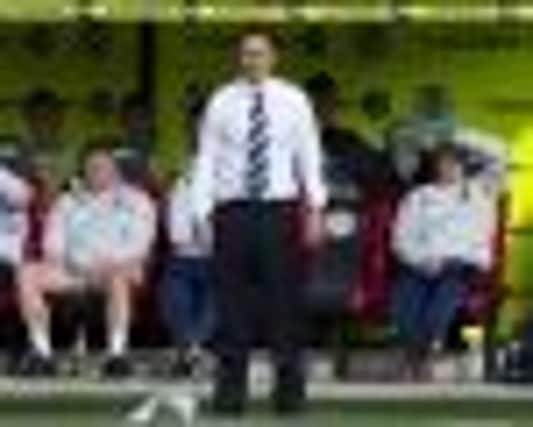SPL meeting of Inverness and Ross County a slap in the face to dissenters


The first SPL derby between Inverness Caledonian Thistle and Ross County is not only a significant milestone in the history of both clubs, it also represents the culmination of a lengthy ascent which many thought would never happen.
For too long, there was tacit opposition in large parts of the Central Belt to the very notion of having Highland clubs in the league at all. It was an opposition built on two types of laziness, the geographical and the intellectual.
Advertisement
Hide AdAdvertisement
Hide AdIt’s a bit of a trek, was the complaint from some whose concept of a national league was as narrow as the M8 corridor. And they will be no good anyway, came the reply when anyone suggested that the country really does extend a lot further than Perth or Aberdeen.


That kind of opposition might even have held sway to the present day but for the decision to reorganise the league structure into four teams of ten. That decision created two vacancies, and they were eventually filled by Caledonian Thistle, the merger of two separate Highland League clubs, and Ross County, also a member of the Highland League.
Caley Thistle were elected with 68 votes, County with 57, and both joined the Third Division for the start of the 1994-95 season. The Inverness club’s numerical advantage over their rivals from Dingwall was a sign of things to come, as for much of the time as the two clubs climbed through the divisions, Caley Thistle were a step or two ahead of County.
Third Division champions in 1997, they were promoted again two years later when finishing runners-up to Livingston in the Second Division. They consolidated there for several years, with two memorable Scottish Cup wins over Celtic suggesting they had what it took to hold their own against the biggest teams. Promotion to the SPL in 2004 then allowed them to prove that, and although they were relegated in 2009, they returned at the first attempt.
County were promoted out of the Third Division at the end of the 1998-99 season, then went up again a year later, when third place was enough to clinch another promotion as the SPL was being expanded to 12 clubs.
After setting up camp in the First Division for seven seasons, they were relegated in 2007, only to bounce back the following year. This time they ensured that the only way out was upwards.
They gave evidence of their readiness for top-fight football when they reached the Scottish Cup final in 2010, beating Hibernian and Celtic on the way. Then, almost exactly two years later, they made that last step, winning the First Division championship thanks to a long unbeaten run which they continued into the opening games of this season.
By the time they were beaten by St Johnstone, Derek Adams’ team had put together a run of 40 league games without defeat. They have lost again since, having been beaten 5-4 last week in Paisley, but they have already provided evidence that they are good enough to stay in the top division.
Advertisement
Hide AdAdvertisement
Hide AdIf indeed they do keep their place, and Caley Thistle stay up with them, that will surely represent a successful conclusion to the climb which began almost two decades ago.
Both clubs have built steadily and sensibly towards this point, and that should give them an advantage over Dundee, who were thrust into the SPL this summer at a time when they look less than ready.
Indeed, given the inconsistency displayed by just about every other team in the SPL, a place in the top six is by no means beyond the reach of either Highland club this season. A solid victory for either club would in fact propel them into the upper half on goal difference, at least until tomorrow’s games are played,
Claiming those league points will no doubt be uppermost in the minds of both Adams and home manager Terry Butcher this evening. Yet for neutrals, the result may matter less than the fact that the match is taking place in the SPL at all.
Back in the early 1990s, the sceptics said it would not happen, but here we are. It is a story of success in the face of a lot of indifference and opposition, and as such should be an inspiration to everyone involved in the game.